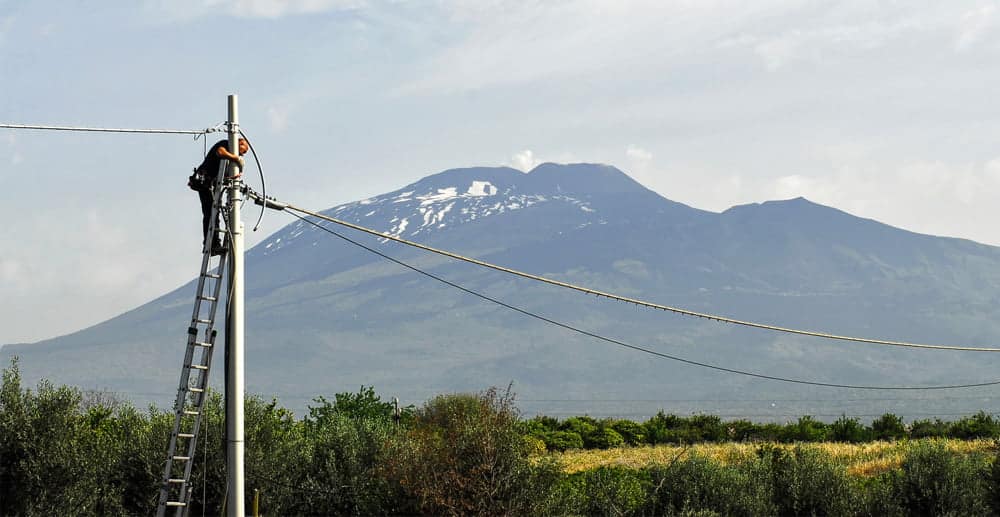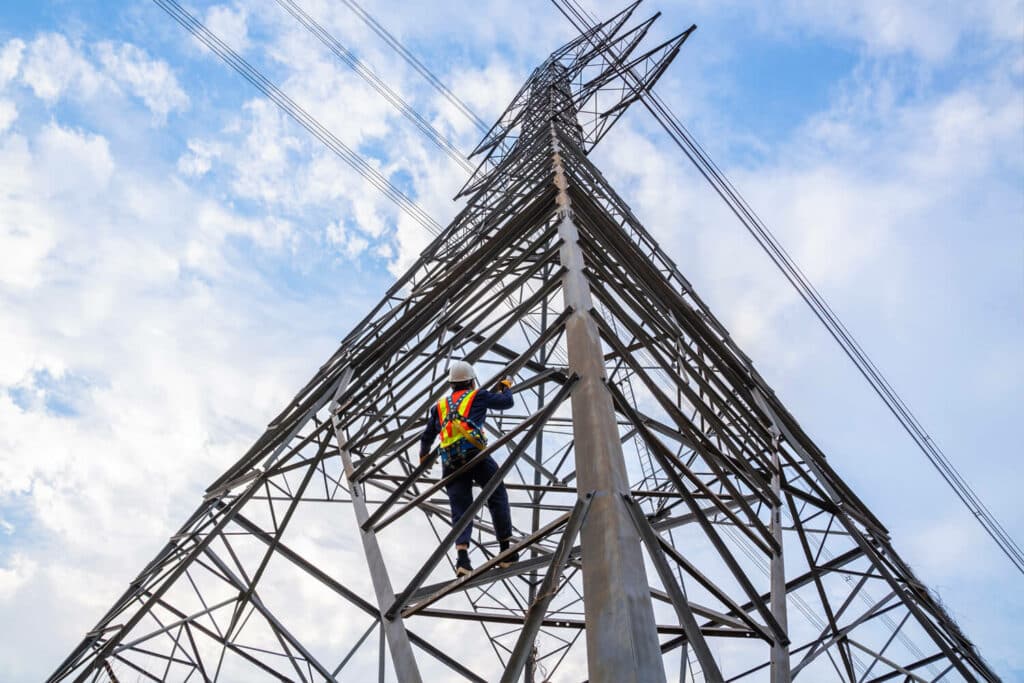Although you may not realise it, the UK is home to a surprising amount of people who are classed as lone workers.
Indeed, the industry estimates there are up to 8 million lone workers in Britain, meaning that a staggering 22% of UK workers either classify or are classified as lone workers.
The industry for providing technology and applications that serve to protect lone workers is similarly growing but remains a subset of those who are classed as vulnerable. Across Europe and America, the market for supplying and maintaining these systems is estimated to reach a valuation of €284 by the end of 2023.
For some lone workers, their regular duties will see them working in remote, isolated, or hazardous locations. For these employees, it is essential that the right lone working solutions and safeguards are in place to keep them in view, safe and connected.
This is particularly important, as attacks on supermarket employees, train staff and even grass root football referees have seen the growth of body cams and other protection devices that seek to deter and evidence incidents.
In this post, we will explore what lone working solutions are available for these employees and how they can remain connected, even in the most challenging of environments.


What is a lone working protection system?
A lone working system is any system or combination of systems used to help keep lone workers safe in their roles. These include voice and text alerting systems, such as Panic Alarms and ‘Man-Down’ alarms, that are triggered by a lone worker’s safety ID card, key fob, or mobile phone App. The alert is automatically sent to the monitoring centre which can then take the appropriate action to alert the most relevant support or security staff, or if escalated by following defined protocols to the relevant emergency services. All devices and systems need to comply with BS8484. This standard covers important information such as equipment characteristics, alarm receiving centre monitoring, security, support and training. In addition, lone worker solutions can also include tracking systems that allow a manager or responder to see where their employees are in real-time using GPS location technology and other forms of positioning solutions. This is especially useful for lone workers who may be in remote locations or working alone in potentially hazardous areas. They also allow areas to be geo-fenced to check whether individuals have entered a known unsafe location or environment. Location tracking also means that information can be provided as information on the characteristics of workers movements, routines and their historic routes. Generally, there are two different types of lone working systems: devices and apps.
Lone worker devices
The aforementioned GPS panic alarm fobs and buttons are good examples of standalone lone worker devices. These types of devices can be worn on a lanyard, belt, or key chain for easy access and are designed to be robust and resistant to extreme temperatures and environments. Typically, they will also include a method of fall detection, data and voice-to-voice communications. As discussed, the latest trend in lone worker protection is the use of body cams that are adapted to meet the BS8484 standards. These forms of lone worker devices are typically robust, with long battery life, and are generally the most reliable way to stay connected when working in a hazardous environment. This is because they are usually wearable, discreet, and easy to use in an emergency. Lone worker devices are integral to the lone worker protection industry, but are usually configured to work seamlessly with a particular alarm receiving centre. Lone worker protection systems tend to be subscription models but will involve the operator or lone worker system provider investing in the device and system design, the SIM card and connectivity service, the alarm receiving system and innovative new features that enhance protection. This service is paid for typically via subscription fees to the lone worker solution provider. A secure and resilient safety-critical mobile network service is also vital to a lone worker device’s operation as they usually rely on cellular connectivity. Therefore, finding a suitable SIM connectivity solution is paramount to a lone worker device’s operation – but more on that a bit later on.Lone worker apps
Lone worker protection apps are also popular as they can be installed on employees’ BYOD (bring your own device) smartphones. While there can be fewer upfront costs with a worker most likely to already own a smartphone, it should be noted that their phone will be a single network consumer solution. This is generally inadequate for safety critical systems that rely on geo-resilience, good indoor and outdoor coverage and the avoidance of single points of failure. It is worth noting that an adequate SIM solution, therefore, must be included for this option to be at its most effective. Some providers use ruggedised phones for most testing applications that are used for hazardous work. These can be fitted with a multi-network SIM card that uses core networks that are designed to use resilient and secure pathways. The time taken to do tasks can be more easily monitored through lone worker apps, with automatic alerts also being able to be sent to help keep the worker safe. They can also use smarter functionality by using the accelerometer built into the smartphone. For example, when entering a hazardous area, a lone worker can put their phone into alert mode. This will enable fall detection, inactivity alerts and other functions to be initiated, putting them in direct contact with the alarm receiving centre. Much like dedicated and worn lone worker devices, however, this solution is highly dependent on highly dependable connectivity and coverage. Without a good connection, the apps will be unreliable and fail to provide safe working conditions for the worker who relies on being in fast contact with the alarm receiving centre at all times.
